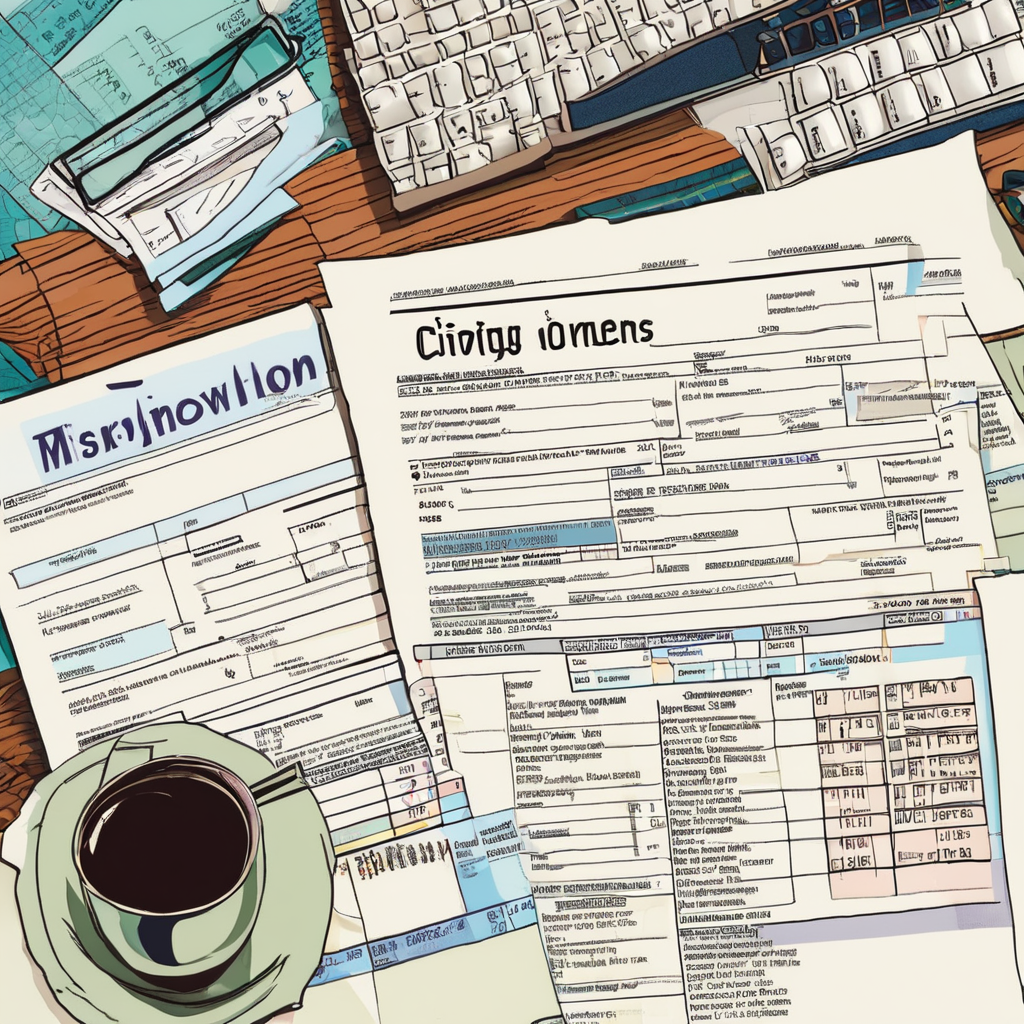Running payroll for your business is a crucial task that ensures your employees are compensated accurately and on time. Many small businesses wonder whether they can do payroll without using specialized software. While payroll software can streamline the process and reduce errors, it is possible to manage payroll manually. Let’s explore the ins and outs of managing payroll without software.
Firstly, manual payroll involves calculating employees’ wages, taxes, and deductions by hand or using spreadsheets. This method requires meticulous attention to detail and a good understanding of payroll laws and regulations. It can be time-consuming, especially for businesses with a large number of employees or complex pay structures.
When handling payroll manually, you need to keep detailed records of each employee’s hours worked, overtime, bonuses, and any other compensation. You also have to calculate taxes accurately and withhold the correct amounts for federal, state, and local taxes, as well as other deductions such as Social Security and Medicare.
One of the main challenges of doing payroll without software is the potential for errors. Mistakes in calculations or data entry can result in underpaying or overpaying employees, leading to compliance issues and disgruntled staff. Manual payroll also increases the risk of inaccuracies in tax filings, which can result in penalties from tax authorities.
Despite the challenges, some small businesses choose to do payroll manually to save on software costs or because they have simple payroll requirements. If you decide to go down this route, it’s essential to stay organized, double-check all calculations, and stay informed about any changes to tax laws that could affect payroll processing.
Another aspect to consider when doing payroll without software is the time commitment involved. Manual payroll processing can be time-consuming, especially during busy periods or when dealing with payroll-related inquiries from employees. It may require dedicated resources to ensure payroll tasks are completed accurately and on time.
Moreover, manual payroll may limit your ability to generate detailed reports and analytics that can help you make informed business decisions. Payroll software often comes with reporting features that provide insights into labor costs, employee productivity, and budget forecasting, which can be valuable for business planning.
When considering whether to do payroll without software, it’s essential to weigh the pros and cons based on your business’s specific needs and resources. While manual payroll can work for some small businesses, others may find that investing in payroll software is a more efficient and cost-effective solution in the long run.
In conclusion, managing payroll without software is possible but comes with its own set of challenges. It requires careful attention to detail, compliance with tax laws, and a significant time commitment. While some businesses may opt for manual payroll processing, others may find that investing in payroll software is a worthwhile investment for streamlining operations and reducing errors. Ultimately, the decision on how to handle payroll should align with your business’s needs and priorities.

